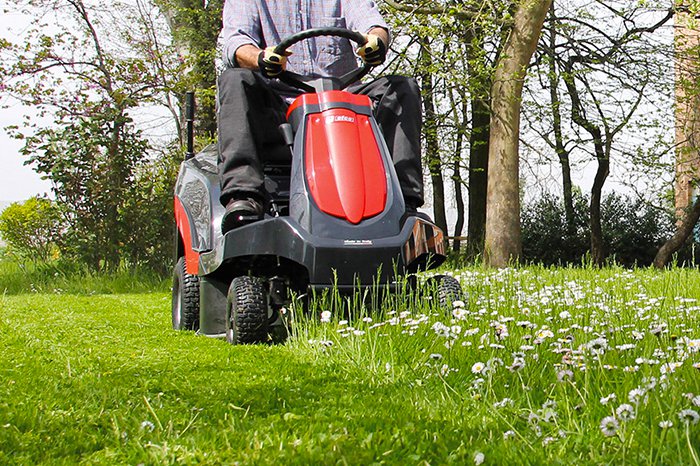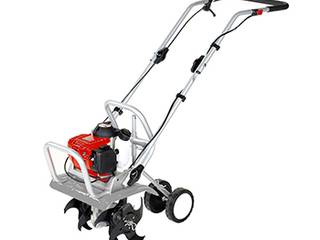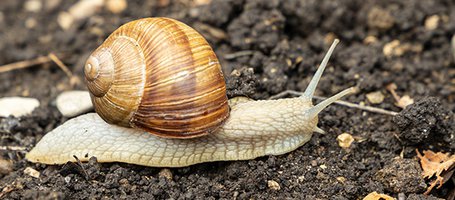Everybody wants a nice lawn, but what is a nice lawn exactly? Definitely one that is thick rather than thin, with lush seedlings rather than choked or yellowed ones, and a beautiful rich green colour and uniform appearance rather than an uneven look.
Among the various types, the quintessential lawn is the English-style lawn, which has an all-over immaculate look, without a blade of grass out of place: perfect, in other words. But is an English lawn the right choice for everyone? Let’s find out in this article.
Rustic lawn and English lawn: description and main differences
The English lawn is suited to cold and damp climates. The grass varieties traditionally used for this type of lawn suffer in hot and dry conditions, so are not very compatible with the Italian climate, particularly in southern Italy. Furthermore, to keep it looking beautiful an English lawn requires careful and continuous maintenance, including watering and mowing.
Alternative grass varieties that are more suited to Mediterranean countries are Bermuda grass (Cynodon dactylon) and St Augustine grass (Stenotaphrum secundatum). They are resistant to heat and drought and are also low-growing, creating a homogeneous look typical of English lawns. They also have the added advantage of being less demanding than ornamental grasses when it comes to maintenance.
A rustic lawn has a less picturesque and more spontaneous appearance, which itself can be very attractive. It consists of thick grass with deep roots capable of absorbing water, no matter how limited its availability. It is a type of lawn that is also suited to nutrient-poor soils.
With the exception of the post-sowing stage, in which it needs the same care as an English lawn, rustic lawns require little maintenance other than occasional watering and mowing. So, if you don't have much time to spend on gardening, a rustic lawn is the best choice.
In short, choosing between these two types of lawn is not only a matter of preference but also depends on the location of your home (city or countryside). Other factors to consider are the lawn’s intended use (for example, consider how much your garden is used by children and dogs for playing, etc.), the local climate and, not least, the time you have available for gardening. So, once you have ascertained which lawn is right for you, buy good quality seeds—either English lawn seeds, Bermuda grass, St Augustine grass or rustic grass varieties—from your local gardening store.
Prepare the garden for sowing by tilling the soil
Regardless of the type of lawn—English or rustic—you need to till the soil to make it soft and rich, so that the plants will develop and grow to their maximum potential.
Clear the area and, if there is a sizable amount of weeds present, do some weeding using systemic herbicides. Work the soil with a rotary tiller to break up and mix the surface layer. For this step of the process you can use a compact rotary tiller such as the Efco MZ 2030, which has a 30 cm rotor with four rotating blades.
Spread some lawn fertiliser to enrich the soil and, if the earth has a high clay content, add some soil conditioner such as sand and peat. Then make a second, deeper pass with the compact rotary tiller, so as to mix the soil, manure and soil conditioners. Level the surface to smooth out bumps and fill in hollows that might trap water and seeds. Finally, roll the soil using a hand-push lawn roller or a tow garden roller for towing behind a tractor mower.
When sowing, the quantity of seeds to be distributed per square metre depends on the type of seed: English lawn varieties, Bermuda grass or hardy varieties such as rustic lawn seeds, for example. After spreading the seeds, first rake the soil and then perform another pass with the lawn roller to bury them slightly.


Post-sowing lawn care
Now your new lawn needs watering to keep the deeper soil layers moist. You should water the planted seeds daily for about 3 weeks, until they germinate into seedlings. What you do afterwards will depend on the type of lawn and the season: in summer, traditional English lawns need to be watered daily, compared with every 2-3 days for St Augustine grass lawns.
Wait for the grass to grow to a height of 10 cm before the first cut. Depending on the size of your garden, an electric lawnmower such as the 1.3 kW Efco PR 40 S push-type model may be sufficient. Suitable for gardens up to 550 m², it is manoeuvrable and equipped with a 40 l grass catcher.
For larger areas up to 4000 m², opt for a garden tractor. One particularly compact and agile solution is a rider mower such as the Efco ZEPHYR 72/13 H. At just 73 cm wide and with a turning radius of only 45 cm, it will enable you to quickly weave among trees, flower beds and garden paths.
A traditional lawn mower or tractor mower will be your handy lawn care allies. The height, frequency and type of cut all affect the appearance and health of grass and should be adjusted based on the type of lawn and the time of year. For example, during the warmer months a traditional English lawn needs mowing weekly, whereas St Augustine grass should be mowed every 10-12 days.









